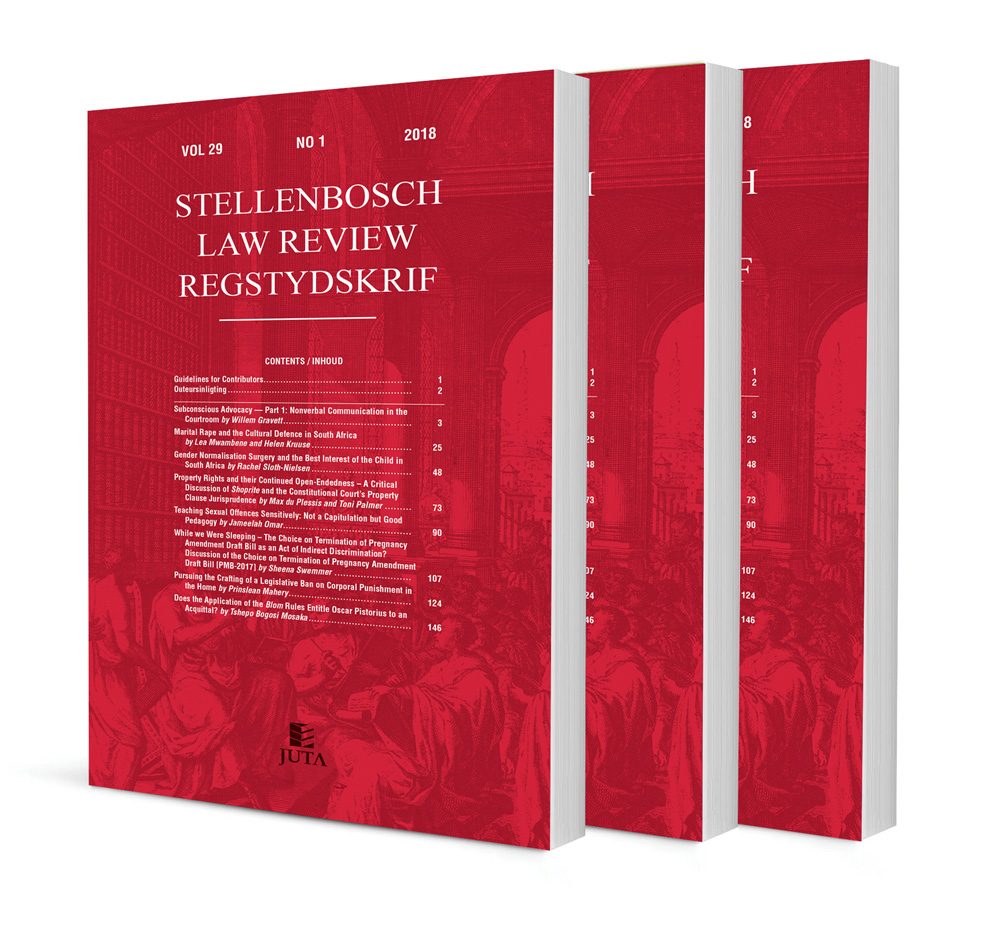All bark and no bite? Contemporary consumer redress in Latin America

All bark and no bite? Contemporary consumer redress in Latin America
Authors Manuel A. Gómez
ISSN: 1996-2193
Affiliations: Professor of Law and Associate Dean of International & Graduate Studies at the College of Law, Florida International University
Source: Stellenbosch Law Review, Volume 30 Issue 1, 2019, p. 61 – 76
Abstract
This article describes the current status of consumer protection in Latin America with particular attention to the recent efforts pursued both at the national and regional levels and the challenges faced. It surveys the landscape of consumer redress in the region and also discusses the use of transnational litigation as a remedial strategy for the shortcomings of the Latin American consumer protection regime. As the article shows, despite many differences among the national legal systems of Latin American countries, there have been some attempts to achieve regional synchronisation. From the CIDIP-VII draft produced under the aegis of the Organization of American States ("OAS"), to the significant effort undertaken by United Nations Conference of Trade and Development ("UNCTAD") with the support of the Swiss government; several countries are now able to coordinate their activities and work toward harmonising their legal regimes. Notwithstanding this optimistic outlook, there are still some important obstacles that stand in the way and that have prevented these modernised consumer protection systems from realising some of its goals. As the article concludes, one possible way to mitigate the existing problems would be if Latin American countries paid more attention to ensuring that consumers have access to local and effective means of judicial protection; in other words, that the existing remedies not only bark but also bite.